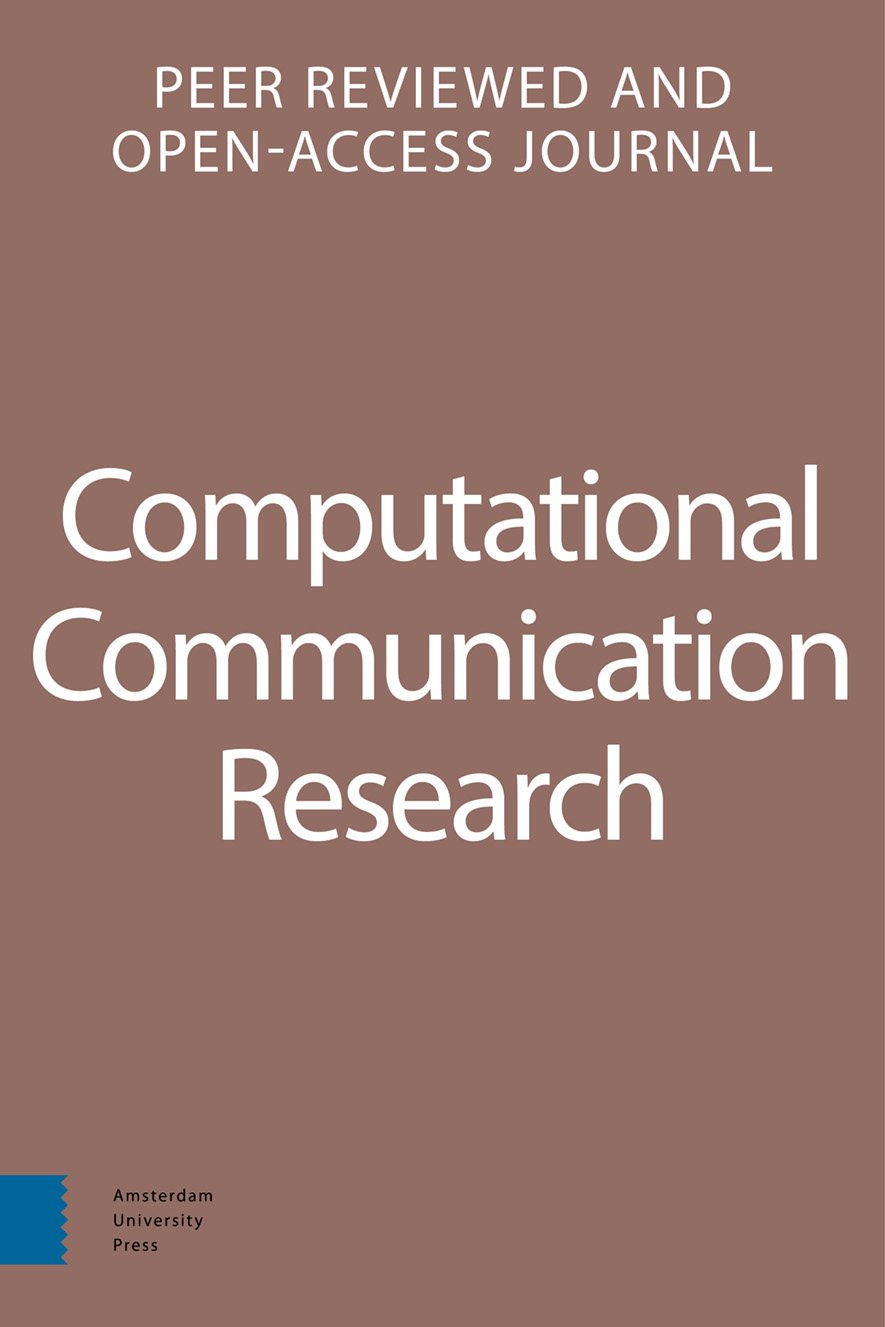-
oa Fifteen Seconds of Fame: TikTok and the Supply Side of Social Video
- Amsterdam University Press
- Source: Computational Communication Research, Volume 4, Issue 2, Oct 2022, p. 463 - 485
-
- 01 Oct 2022
Abstract
TikTok has rapidly developed from a punchline for jokes about “kids these days” into a formidable force in American politics. The speed of this development is unprecedented, even in the rapidly-changing world of digital politics. Through a combination of hashtag and snowball sampling, we identify 11,546 TikTok accounts who primarily post about politics, allowing us to analyze trends in the posting, viewing and commenting behavior on 1,998,642 tiktoks they have uploaded. We test a number of theories about how the unique combination of affordances on TikTok shapes how it is used for political communication. Compared to the dominant platform for political videos (YouTube) we find that a higher percentage of TikTok users upload videos, TikTok view counts are more dominated by virality, and viewership of videos are less dependent on a given accounts’ number of followers/subscribers. We discuss how these findings affect the production of content that ultimately determines the experience of TikTok consumers.


